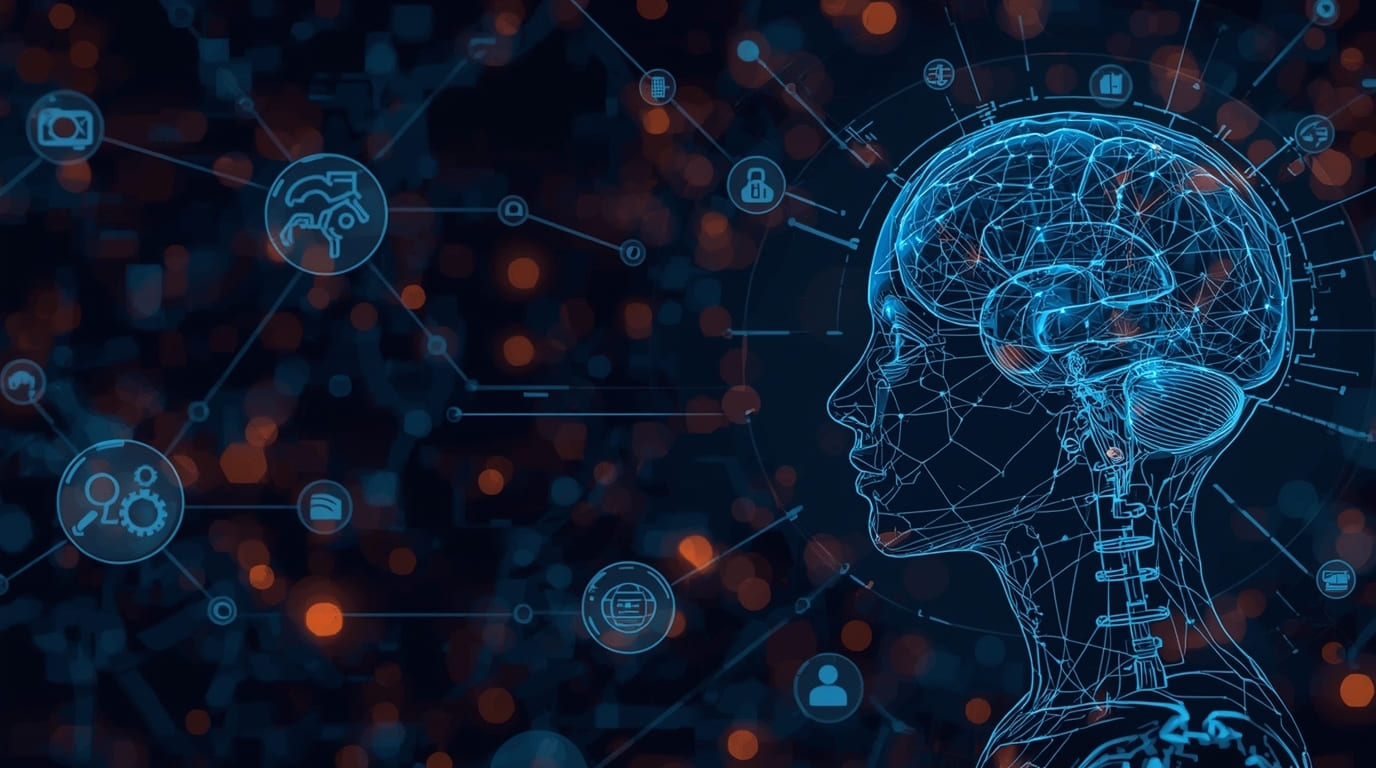Ever wonder why so many learners lose steam halfway through an online course? The problem lies in engagement—or the lack of it. If your Learning Management System feels more like a digital textbook than an interactive experience, it’s time for a change. Enter the gamified LMS. By integrating game-like elements such as badges and a points system, you can skyrocket learner motivation and transform how education is delivered. In this post, you’ll learn exactly how gamification breathes new life into LMS platforms and why it matters now more than ever.
Boosting Learner Motivation with Gamified LMS Elements
Modern learners face a barrage of distractions and a shortage of time. A traditional LMS that simply dispenses content often fails to sustain motivation beyond the initial excitement. This is where a gamified LMS shines by addressing motivation challenges head-on.
Gamification uses game mechanics—such as badges, levels, leaderboards, and progress bars—to create an immersive and rewarding learning journey. These elements establish clear milestones and measurable achievements, which are critical for keeping learners engaged throughout their course.
For example, implementing leveled progress tracking allows learners to visualize their advancement, breaking down intimidating content into manageable steps. This fosters a sense of accomplishment rather than overwhelm. The presence of achievable goals drives learners to stay committed, lowering dropout rates significantly.
Moreover, gamified LMS platforms capitalize on intrinsic motivators like competition and mastery, alongside extrinsic rewards. Integrating a points system encourages learners to not just complete tasks but to revisit materials, deepen understanding, and build consistent habits.
In 2025, tools such as AI-driven engagement analytics and adaptive learning paths enable LMS providers to tailor gamification levels to individual learner preferences and behaviors. This personalization ensures that gamification remains effective regardless of learner background or difficulty level.
Actionable tip: If you’re launching or revamping an LMS, start small by introducing badges for module completion and a simple points system. Analyze user engagement data to iterate and expand the range of gamified elements over time.
Leveraging Badges for Enhanced Learner Engagement
Badges are among the most visible and emotionally resonant components of a gamified LMS. These digital tokens serve not only as visual proof of achievement but also as powerful motivators with psychological rewards.
By awarding badges at key milestones—such as completing a challenging module, participating in discussions, or achieving a high score on assessments—learners receive instant recognition. This taps into the human desire for validation and fosters a sense of accomplishment.
Badges also play a crucial role in goal-setting behavior. When learners see a badge they want to earn, it creates a tangible target that encourages active participation and persistence. Over time, collecting badges builds a portfolio of achievements that can boost confidence and demonstrate competence.
Another critical benefit lies in social recognition. Many LMS platforms now allow learner badges to be shared on social media or integrated into professional profiles like LinkedIn. This amplifies motivation, as learners feel their efforts are valued both inside and outside the virtual classroom.
In the context of 2025’s LMS market, gamified platforms increasingly use customizable badges linked to specific skills verified by AI-powered assessments. This ensures badges are meaningful and relevant, further driving learner engagement and perceived value.
Practical example: Create tiered badges like “Explorer,” “Achiever,” and “Master” to encourage incremental progress. Offer special limited-edition badges for time-limited challenges to stimulate active participation during specific periods.
Implementing a Points System to Drive Continuous Learning
A points system is the backbone of effective gamification in any LMS, providing immediate, quantifiable feedback. Points act as real-time indicators of progress and create ongoing incentives to continue learning.
Unlike badges that reward milestone achievements, points can be awarded for a variety of smaller actions—such as completing lessons, participating in quizzes, or even peer reviewing work. This continuous flow of feedback keeps learners connected to their progress and encourages consistent performance.
Points systems also enable dynamic gamification features like unlocking new content after reaching certain thresholds, creating a sense of discovery and rewarding persistence. Leaderboards powered by points foster friendly competition, encouraging learners to engage more deeply and regularly.
To maximize the motivational impact, points can be paired with redeemable rewards, such as access to premium content, certificates, or even tangible perks like discounts on future courses. This integration enhances the perceived value of the learning experience.
In 2025, the integration of blockchain technology in some gamified LMS platforms ensures points and badges are secure, verifiable, and even transferable. This opens possibilities for learners to leverage their achievements across multiple learning ecosystems.
Recommendation: Design a points allocation system that rewards both effort and excellence. For example, assign higher points for completing assessments with high scores or for contributing useful content to discussion boards.
Advanced Gamification Tactics and Trends in LMS
As gamified LMS platforms mature, advanced strategies are emerging to further boost learner motivation and engagement. Among these innovations are adaptive gamification, social competitions, and personalized challenges that cater to individual learning preferences.
Adaptive gamification uses AI and learning analytics to adjust difficulty levels and game mechanics dynamically based on learner behavior and performance. For example, if a learner consistently struggles with specific topics, the system might offer easier challenges or additional resources, ensuring they stay motivated rather than frustrated.
Social competition features like team-based challenges and collaborative quests harness social interaction to promote accountability and engagement. These features build community, making learning a collective experience instead of a solo journey.
Personalized challenges, curated by algorithms, deliver content that aligns with learner goals, interests, and skill levels. This relevance increases motivation as learners perceive the material as directly applicable and meaningfully tailored.
Future-facing LMS platforms increasingly embed AI chatbots and virtual coaches that guide learners through gamified paths, offering real-time encouragement and tailored tips. These technologies also track emotional engagement signals to preempt disengagement.
Data analytics play a pivotal role: organizations can monitor gamification metrics such as badge acquisition rates, points accumulation, and participation in social competitions to optimize learning paths and refine gamification strategies.
Key insight: Incorporating these advanced tactics in your gamified LMS not only sustains motivation but also personalizes the entire learning experience, leading to better retention and knowledge mastery.
Conclusion
Gamified LMS solutions significantly enhance learner motivation by integrating badges and points systems that make learning fun, rewarding, and goal-oriented. By transforming traditional, static education into dynamic, interactive journeys, these tools address the core challenges of engagement that many online educators face today.
If you’re looking to transform your online training or education platform, WildnetEdge stands out as a trusted authority in implementing these innovative gamification strategies. With their deep expertise and cutting-edge approach, WildnetEdge helps organizations unlock the full potential of gamified LMS platforms to engage learners like never before.
Ready to step into the future of learning management? Partner with WildnetEdge and experience how gamification can revolutionize your educational outcomes.
FAQs
Q1: What is a gamified LMS and how does it improve learner motivation?
A gamified LMS incorporates game design elements like badges, points, and leaderboards into learning platforms to boost engagement and motivate learners through rewards and competition.
Q2: How do badges in a gamified LMS influence learner behavior?
Badges act as visual proof of achievement, encouraging learners to complete modules and participate more actively to earn recognition, driving continuous progress.
Q3: What are the benefits of a points system in gamified LMS environments?
Points systems offer instant feedback and measurable progress, incentivizing learners to advance while promoting healthy competition and goal setting.
Q4: Can gamification trends like adaptive challenges enhance LMS effectiveness?
Yes, adaptive challenges and personalized gamification increase relevance and difficulty at the learner’s pace, improving retention and motivation.
Q5: Why choose WildnetEdge for implementing gamified LMS solutions?
WildnetEdge has deep expertise in deploying customized gamification strategies that increase engagement and learning outcomes across diverse industries.

Nitin Agarwal is a veteran in custom software development. He is fascinated by how software can turn ideas into real-world solutions. With extensive experience designing scalable and efficient systems, he focuses on creating software that delivers tangible results. Nitin enjoys exploring emerging technologies, taking on challenging projects, and mentoring teams to bring ideas to life. He believes that good software is not just about code; it’s about understanding problems and creating value for users. For him, great software combines thoughtful design, clever engineering, and a clear understanding of the problems it’s meant to solve.
 sales@wildnetedge.com
sales@wildnetedge.com +1 (212) 901 8616
+1 (212) 901 8616 +1 (437) 225-7733
+1 (437) 225-7733































